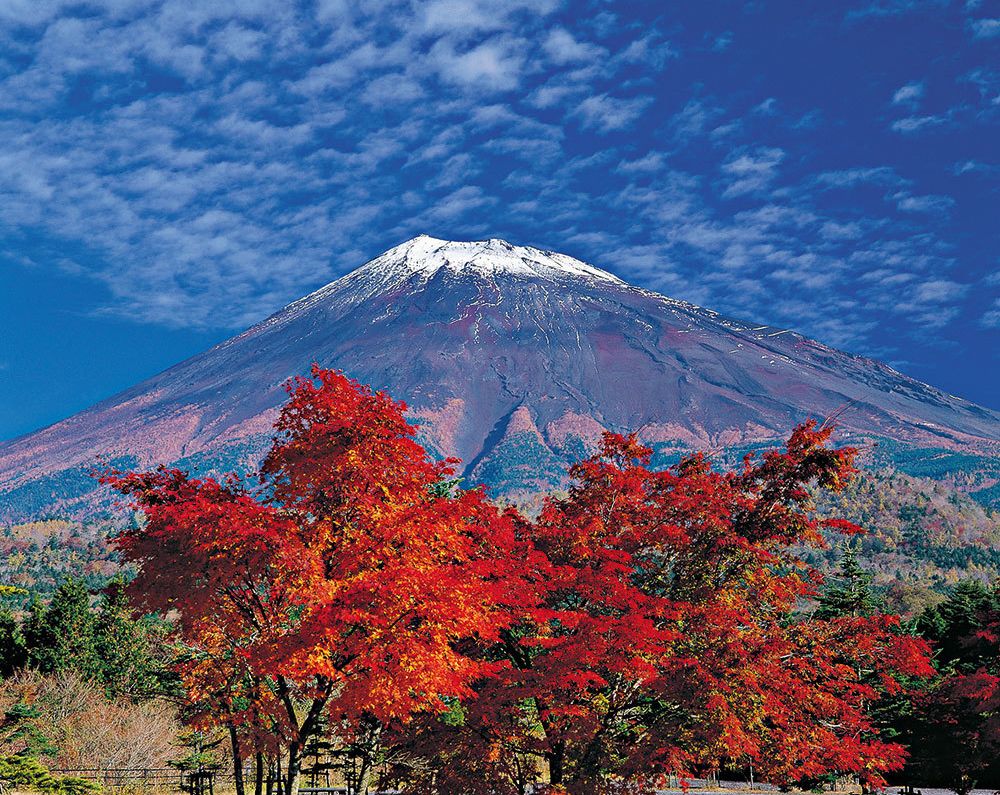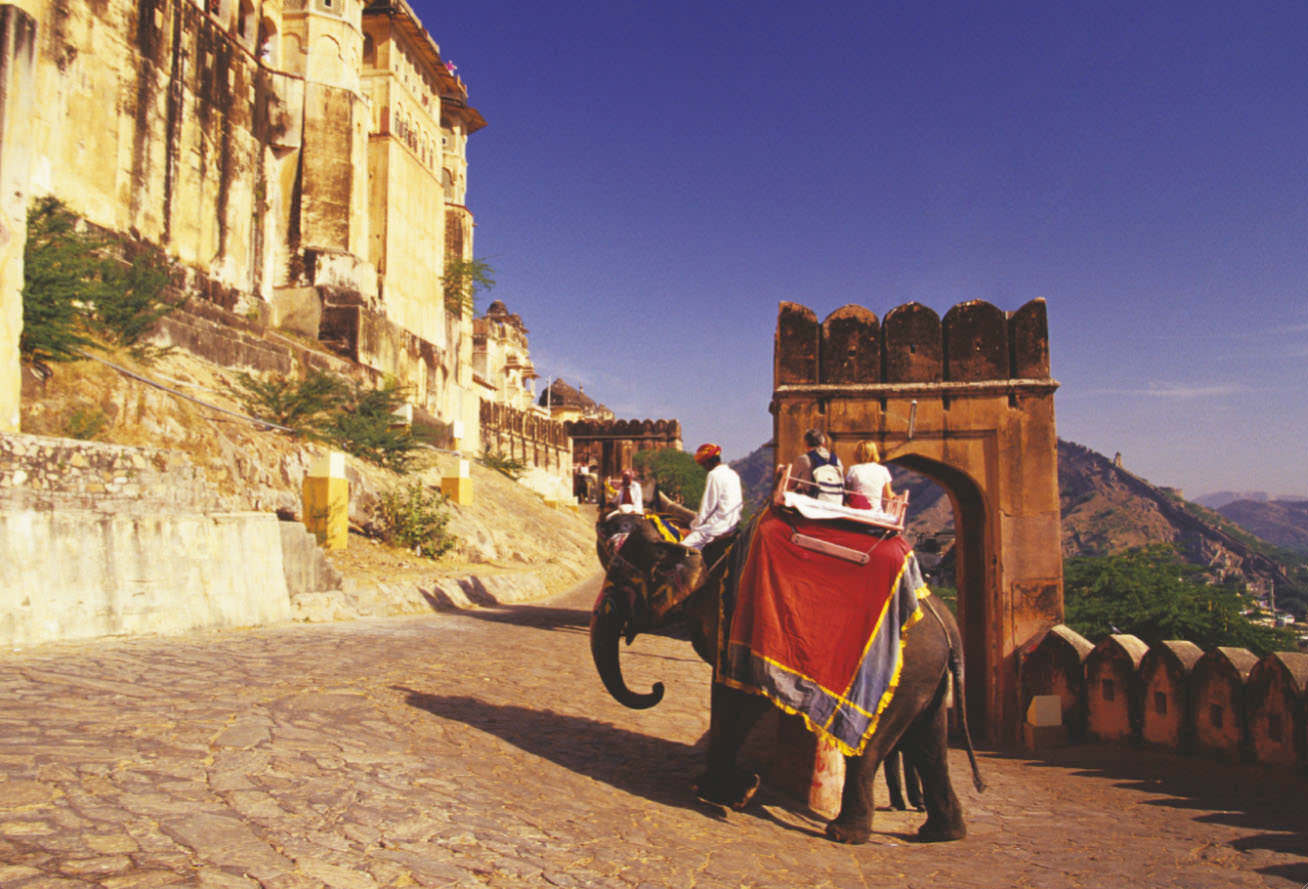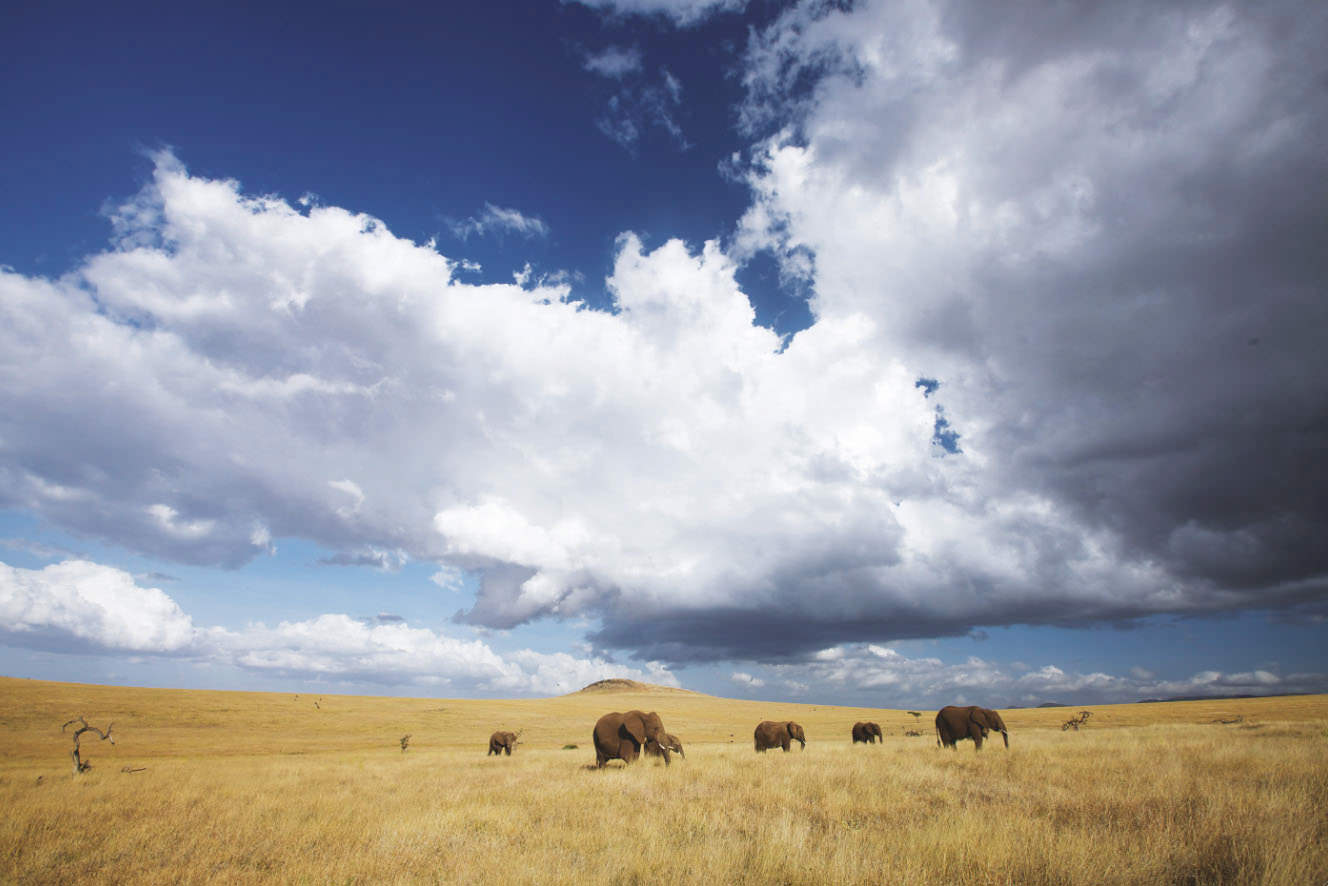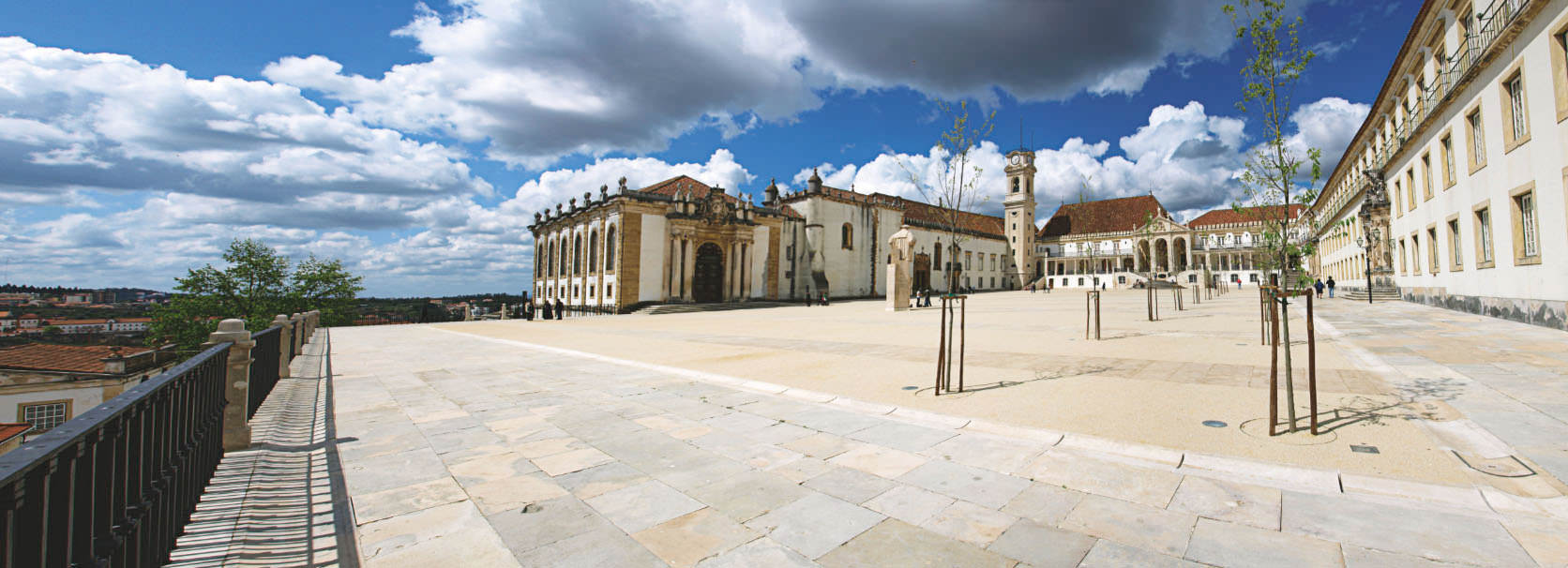World Class
UNESCO unveiled 19 new World Heritage Sites earlier this year, each selected for its ‘outstanding universal value’. Max Wooldridge picks out seven of the most spectacular, with tips for how to visit.

UNESCO unveiled 19 new World Heritage Sites earlier this year, each selected for its ‘outstanding universal value’. Max Wooldridge picks out seven of the most spectacular, with tips for how to visit.
Showstopping peaks? The Matterhorn. Everest. Table. And, of course, Mt Fuji – or Fuji-san to locals. It’s almost the perfect mountain: a geometrically satisfying cone, rising 3,776m above surrounding villages and a tree-fringed sea, south-west of Tokyo, from where its snow-kissed peak is visible on a good day. Climbing it, or just taking a snap, it’s no surprise to discover the site, one of Japan’s three holy mountains, has been a sacred place of pilgrimage for centuries. It has had a major impact on priests as well as tourists, with its seismic rumblings – it last erupted over 300 years ago – inspiring Shintoist and Buddhist practices. It’s also had people reaching for their paintbrushes. Mount Fuji’s depiction in historic Japanese art, particularly a series of 19th-century wood block prints, were a huge hit with Western creative types, thrusting the landscape into the popular consciousness. The newly protected area embraces 1,500m of the peak and sites across the mountain’s slopes and base, including Sengen Jinja crater shrines, Oshi lodging houses and lava tree springs and waterfalls. All are sacred, and now they’re also Unesco listed – as a ‘cultural’ rather than a ‘natural’ heritage site, on account of their spiritual significance.

Inside Japan offers a 10-night Mt Fuji: From on top of the Land of the Rising Sun package from £2,088pp, including three nights in Hakone for the Mt Fuji climb, four in Tokyo and three in Kyoto, with transfers, flights, several meals and transport passes included. http://insidejapantours.com
Rajasthan isn’t shy. Its Thar Desert burns with shimmering monochrome heat, its ochre and grey landscape mesmerises, and its sun-pickled historical architecture – the legacy of an extraordinary, often turbulent history – amazes, and sometimes overawes. Set in the Aravalli Mountains, the six hill forts of Chittorgarh, Kumbhalgarh, Sawai Madhopur, Jhalawar, Jaipur and Jaisalmer are a lasting testimony to India’s powerful princely states that thrived between the 8th and 18th centuries. Using natural defences, including hills and rivers, they protected palaces, religious sites and trading posts, with their structures dominating the surrounding landscape. Today, they’re rather more accessible – and truly spectacular. Driving up to Jaisalmer in the early evening, its walls lined with rounded fortfications ignited gold by the setting sun, is an experience that will never be forgotten. Nor is the snaking road climbing up the dramatic mountain face to Kumbhalgarh. Enter their gates and you’ll find human rather than natural theatre: exquisite ornate temples that often predate the fortifications, and, on the right day, fortunetellers and dazzling religious celebrations with dancers, musicians and jubilant crowds: India on colourful, joyous top form.

Greaves Travel offers an 11 day Rajasthan Unesco tour from £2,185pp including five forts (with an elephant ride at Amber Fort), B&B accommodation, game viewing in Ranthambore National Park, flights and transfers. http://greavesindia.co.uk
Conservancy, that Prince William popped the question to the then Kate Middleton back in 2010, this wasn’t the reason Unesco decided to bestow the area its World Heritage Site status. Instead the honour was reward for more than three decades of tireless, imaginative and dedicated conservation efforts. The 62,000-acre Lewa Conservancy is a privately owned, non-profit organisation that aims to preserve wildlife and the wider eco-system in the foothills of Mount Kenya. Linking up with the Ngare Ndare Forest Reserve to form the wider Mount Kenya National Park, it shelters such endangered species as the black rhino and Grey’s Zebra, and provides a migration path for elephants moving between dry-season mountain slope feeding grounds and the surrounding grasslands of the Somali/Masai ecosystem. A large part of the work here was dedicated to constructing the world’s first motorway underpass for elephants, to allow the animals a safer transition. The park is situated between the Tropical Montane ecosystem and the semi-arid savannah grasslands, with the extension lying within the traditional migrating route of the African elephant population of the Mount Kenya National Park. Nestled in the shadow of Africa’s second highest peak, Mount Kenya, Lewa is not only a sanctuary for animals. Its huddle of sensitively constructed thatched tents contains all the basic mod-cons, with stunning views across the sprawling plains. For a closer view, head out for an excursion in one of the open-sided 4x4s. Or, if you prefer to see it at a slower pace, horse or camel-riding outings are also available.

Exceptional Travel offers a 10-night safari from £4,480pp including four full-board nights at Lewa Safari Camp, three at Elephant Pepper Camp in the Masai Mara, and three at Elsa’s Kopje in Meru National Park (all with guided walks and park fees), plus flights and transfers. http://exceptional-travel.com
It’s harsh but beautiful. Wildly, poetically, savagely beautiful. Stretching for 1,200 miles along the Atlantic coast, Namibia’s dunes – formed by materials swept by river, ocean currents and wind from the vast African hinterland - stretch into an interior worthy of David Lean’s sweeping camera. From on high, the dunes lashed by Atlantic surf melt into the endless surging ripples of Namibia’s Namib Sand Sea. Uninhabited by humans, it doesn’t seem possible that anything could survive in this wilderness. But the coastal fog – rotten for photographs, great for nature – shrouding the desert for half the year sustains a large number of resilient plants and tough-as-nuts animals who can adapt to the ever-changeable microhabitat. For the visitor, however, the attraction is about the macro as well as the micro. The Namib Sand Sea’s shifting dunes spawn blizzards of sand, which, mixed with the fog, create a stage for some of the world’s foremost storm watching. More sedately, the ‘sea’, comprising a large part of the Namib-Naukluft Park, includes favourite tourist destinations such as Sossusvlei, where a white, dried-up salt and clay lake is juxtaposed with vertiginous red dunes and the stark skeletons of dead trees.

Expert Africa offers an 11-day self-drive adventure from £1,928pp including two nights at Desert Homestead (base for Sossusvlei visit), eight nights’ accommodation, kayaking in Walvis Bay, car hire, flights and transfers. http://expertafrica.com
Italy’s iconic Mount Etna, one of the world’s most active volcanoes, has erupted again. This, time the crater’s spectacular pyrotechnics are lighting up the planet’s cultural stage thanks to its new World Heritage Site status. It’s well deserved: citrus-scented tourism and hypnotic, superheated danger are rarely such close bedfellows. But this is Sicily; different rules apply. The Mediterranean island, with its elegantly wasting honey-walled towns and villages, glorious coastal views and classical remains, is home to the most active stratovolcano in the world. Over 3,300m high, Etna’s almost continuous activity has been observed since Greek and Roman times, with regular, magnificently photogenic night-time lava flows. Located on the island’s east coast, it has proved a magnet for volcanologists and geophysicists as well as the tourists who cross its slopes on foot and by 4x4, and taste wines from the vines sprouting from its mineral-rich earth. It is one of the world’s best monitored volcanoes, with endemic flora and fauna alongside a range of diverse and accessible geological features, from summit craters and cinder cones to lava flows and caves.

Think Sicily offers a number of villa rentals, including seven nights at eight-person Villa Pietra Nera from £495pp, plus 4x4 trips, and wine tasting at Planeta vineyard. http://thinksicily.com. BA flies from London to Catania http://ba.com
For more than seven centuries, Portugal’s medieval town of Coimbra has been home to one of the oldest educational institutions in the world, the University of Coimbra - Alta and Sofia (to give it its full name). Founded by King Dinis in the 13th century, and boasting Portugal’s great 16th-century poet, Luiz de Camões, among its alumni, the school of learning has served as the blueprint for integrated university towns throughout the Portuguese colonies ever since. Capping the hill that overlooks the snaking Mondego river, its campus is a maze of colleges, crumbling cloisters and sunbaked squares. Buildings of particular note include the 12th-century Cathedral of Santa Cruz, the Royal Palace of Alcáçova, the University Press and the gold-gilded, baroque interiors of the Joanine Library. But this is no museum. Visit during term time, and its 20,000 strong student population lends it a bustling, celebratory vibe; never more so than during the ‘Burning of the Ribbons’ (Queima das Fitas) festivities in May. It’s well worth turning out to see graduates ceremoniously set fire to the colourful ribbons that decorate their mortar boards as they mark the end of the academic year. And this year, thanks to Unesco, there’ll be an extra reason to celebrate…

Sunvil Discovery offers seven-nights in central Portugal from £889pp, including two B&B nights in Coimbra and three in Lisbon, plus flights, rail travel and transfers. http://sunvil.co.uk
They could be a vast al fresco installation crafted by a particularly ambitious landscape artist. Sculpted channels of silvery water reflecting the sunlight, sky and clouds step down serene mountainsides, changing moods with the time of day. At sunset, the water blazes gold against the dark walls of earth. It’s a landscape to inspire poetry. But the Honghe Hani Rice Terraces are about food not art – and they’ve taken far longer than one sculptor’s life to create. Over 1,300 years, the Hani people developed a complex irrigation system to funnel water from mountaintops to the slopes below. The 41,000 acres of terraces form a unique drainage system in southwest China’s southern Yunnan province, cascading down the slopes of the Ailao Mountains into the Honghe River. In places you can see up to 3,000 terraces suspended on the slopes. The ingenuity of the Hani people has not only transformed the area into a fertile land for growing rice, and created an integrated system that lets them farm buffalo, fish, cattle and ducks while simultaneously growing the region’s primary produce, red rice. It has also created a place of artistic beauty in the process. To complete the extraordinary landscape – and give you holiday snaps to die for – the Hani still live in their distinctive triangular thatched houses clustered in 82 villages sandwiched between the mountaintop forests and the terraces, an area and lifestyle unchanged for millenia. Their resilient land management depends on an extraordinary harmony between man and nature – a fine balancing act under threat in many parts of China from its voracious economy. Unesco’s protection is well timed and targeted, but as with much of rural China, we recommend the old cliché: get there while it lasts.

Steppes Travel offers 15 days in Yunnan from £2,595pp including B&B accommodation, visits to the Honghe Hani Rice Terraces, Tiger Leaping Gorge and Shangri-La, plus guides, flights and transfers. http://steppestravel.co.uk
Subscribe and view full print editions online... Subscribe